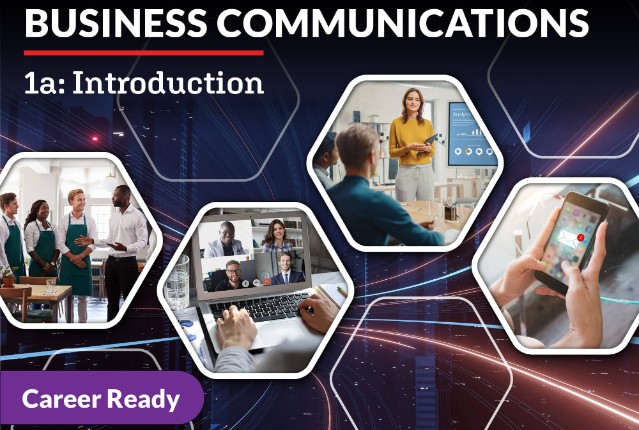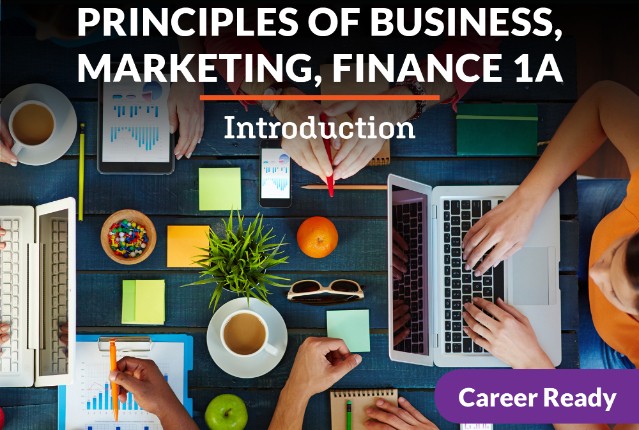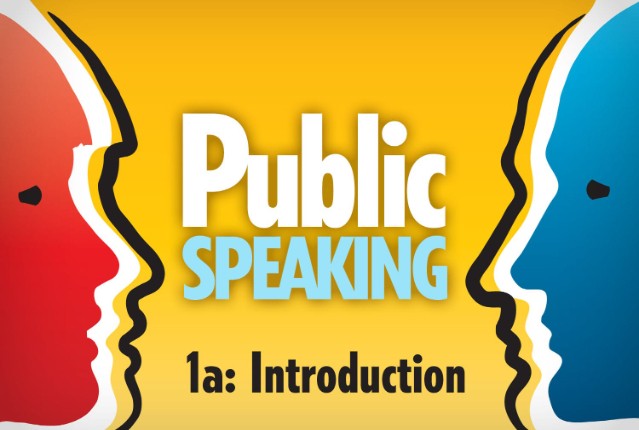
Business Communications 1a: Introduction
No matter what career you’re planning to pursue, excellent professional communication will be key to your success. Upgrade your abilities in speaking, listening, writing, using and reading body language, and communicating in teams and groups. Discover how to plan, create, and deliver business presentations and communicate through graphics. In no time, you’ll be communicating with confidence, stand out from your peers, and impress your employer.
Review course outlineAccess for a year
USD 299.00*
* Choose more courses to get a discount




